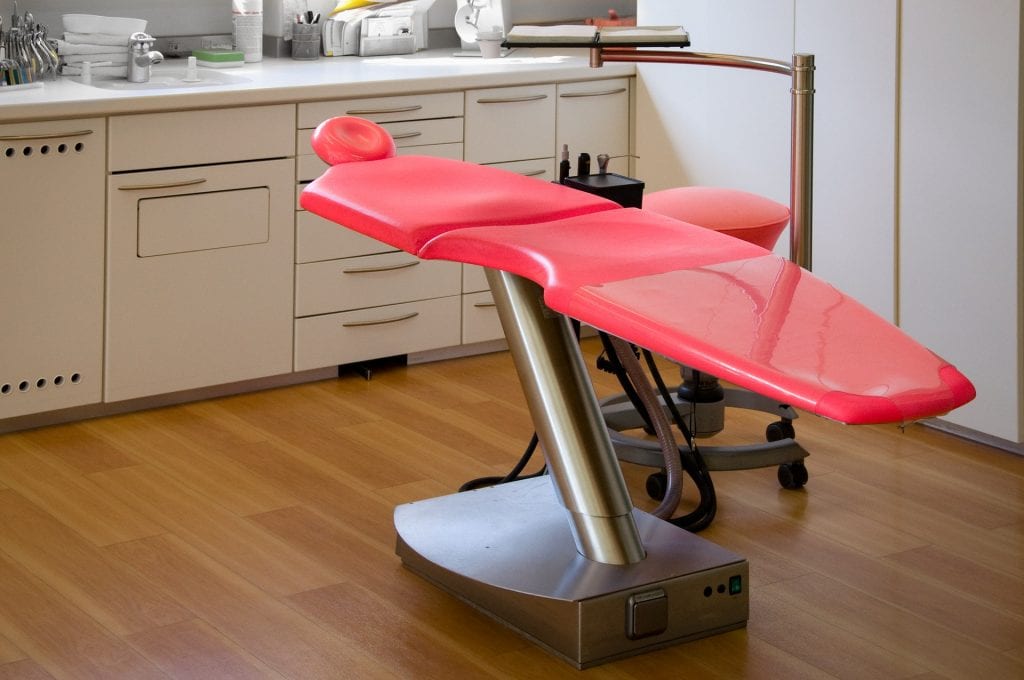What You Need to Know About ADA Accessibility for Dental and Medical Offices
Many doctors and dentists are asked ADA accessibility questions such as, “Do you have to have handicap restrooms or treatment rooms?” The answer is obvious, but finding solutions the larger problem of making your medical or dental office compliant is more complex. Since July 26, 1990 the ADA (Americans with Disabilities Act) has set out federal regulations that require all businesses to provide equal access to facilities and services regardless of an individual’s disability, but how do those regulations relate to your practice?
Connect With Stryker Construction
What the Americans with Disabilities Act States:
In regards to medical and dental offices the ADA states this: “Each facility or part of a facility constructed by, on behalf of, or for the use of a public entity shall be designed and constructed in such manner that the facility or part of the facility is readily accessible to and usable by individuals with disabilities, if the construction was commenced after January 26, 1992.”
Since 1992, ADA compliance has become part of the Federal Standards and Guidelines covering new building construction, renovations, remodels and essentially any other alteration to a building or office space.
Today, ADA compliance isn’t optional – it’s the law. If you’re planning on renovating or building out your medical or dental office, there are some ADA rules and regulations to take into consideration as you design and work with your general contractor.
How the ADA Impacts You and Your Practice
When designing your new dental office or medical space, you can’t really debate how much additional space you need for ADA compliance. Essentially there are two paths to follow: renovate an older space and bring it into compliance (if it isn’t already) or build from the ground up with ADA accessibility in mind. If you fail to accommodate ADA regulations in either scenario, you will not receive a Certificate of Occupancy.
Make Allowance For ADA Access in Your TI (Tenant Improvement) Contract
Of the two options, finding a medical or dental office that is already compliant is the most ideal situation. However, if you do find your practice moving into an empty space that requires a full buildout, be sure to work with your landlord and make allowance for ADA accessibility. In most all cases buildings are already designed with ADA access to the office itself, but you’ll also need to consider ADA access to treatment rooms, examination tables and chair as well as restrooms and other facilities.
ADA Checklist for Existing Facilities
Examples of ADA Office Renovation Costs:
To bring an office into compliance, a landlord, doctor or dentist may expect the following costs. Keep in mind that these are estimates, they don’t take into consideration the unique characteristics of any given space or office building.
- Wheelchair Lift: $15,000-$25,000
- Elevator: $20,000-$100,000
- Wheelchair ramp: $5,000-$20,000
- ADA Bathroom: $1,000 – $10,000
ADA Rules Regarding Medical and Dental Office Design
The most common ADA access features to consider are large public bathrooms. These require a handicap-accessible sign on the door and grab bars on the back and sides of the toilet. Typically, you need to design bathrooms at least 7’1” x 6’ with a door swinging out to a 5’ hallway. The entrance of your public building also requires handicap-accessible parking spaces with wheelchair symbols.
Overall, there seems to be some leniency with the ADA’s Standards and Guidelines when it comes to treatment rooms in dentist offices. Other than 32″ clear doorway and path to the dental chair not much more are included. With treatment room width-ranges between 8’ to 10’, the 32″ clear doorway can easily be provided.
Guide to Accessible Medical Examination Tables and Chairs
Other Medical and Dental Office Design Considerations:
- You need 12″ clearance on the push side of a door and 18″ on the pull side.
- Door knobs are not strictly ADA compliant, meaning you need to use ADA compliant hardware like a push bar.
- Consider your minimum corridor widths and ramp slopes between floor levels – generally the rise over run for all slopes is 1:12.
- Bathrooms must include a minimum 5’ diameter clear and unobstructed turn-around area.
- Sinks and vanities must be at a logical height.
- Under counter clearance and piping wraps and covers are a must.
- There is a required minimum distance between plumbing fixtures and clearance at the fixtures.
Connect with Stryker Construction
If you’re considering using a tenant improvement allowance to remodel your dental office, medical office, warehouse, retail or any other commercial office space let us know. At the very least we can lend you some extra information and educate you further regarding your options. We are proud Northern Nevada community partners and we’re here to help! Connect with Stryker Construction today for your office build out and design needs.
Connect With Stryker Construction

